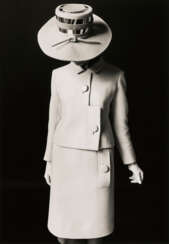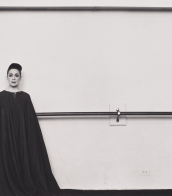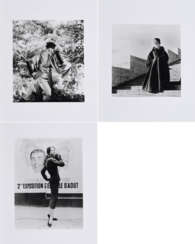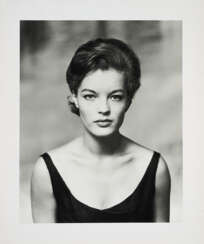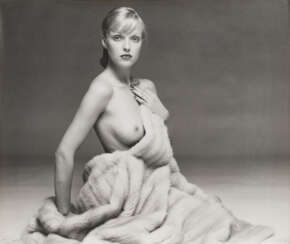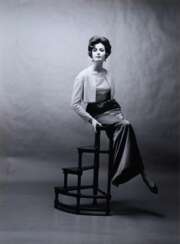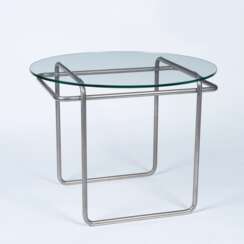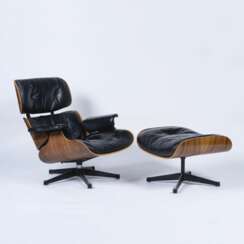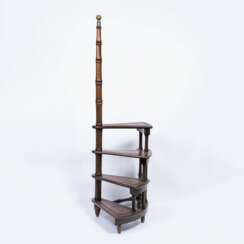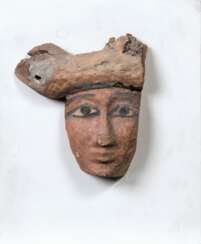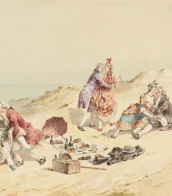f.c. gundlach
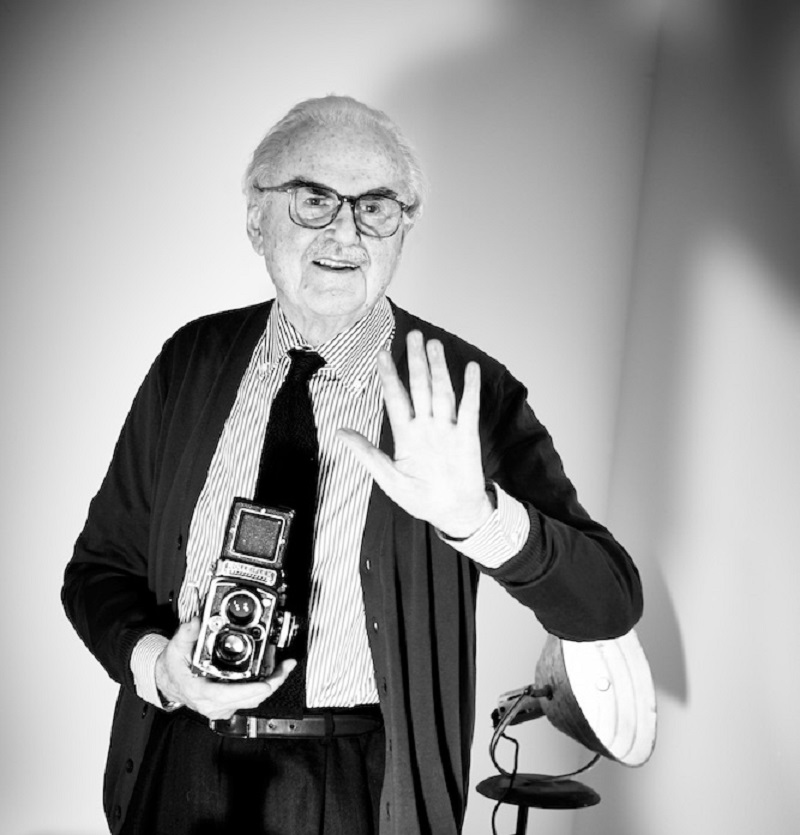
Franz Christian Gundlach was a German photographer, gallery owner, collector, curator and founder.
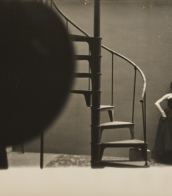

Franz Christian Gundlach was a German photographer, gallery owner, collector, curator and founder.
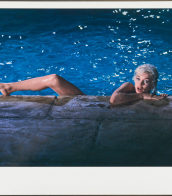

Franz Christian Gundlach was a German photographer, gallery owner, collector, curator and founder.
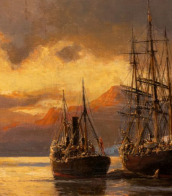

Franz Christian Gundlach was a German photographer, gallery owner, collector, curator and founder.


Franz Christian Gundlach was a German photographer, gallery owner, collector, curator and founder.
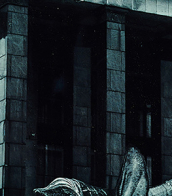

Franz Christian Gundlach was a German photographer, gallery owner, collector, curator and founder.
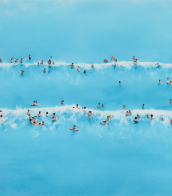

Franz Christian Gundlach was a German photographer, gallery owner, collector, curator and founder.


Franz Christian Gundlach was a German photographer, gallery owner, collector, curator and founder.


Franz Christian Gundlach was a German photographer, gallery owner, collector, curator and founder.


Franz Christian Gundlach was a German photographer, gallery owner, collector, curator and founder.


Franz Christian Gundlach was a German photographer, gallery owner, collector, curator and founder.

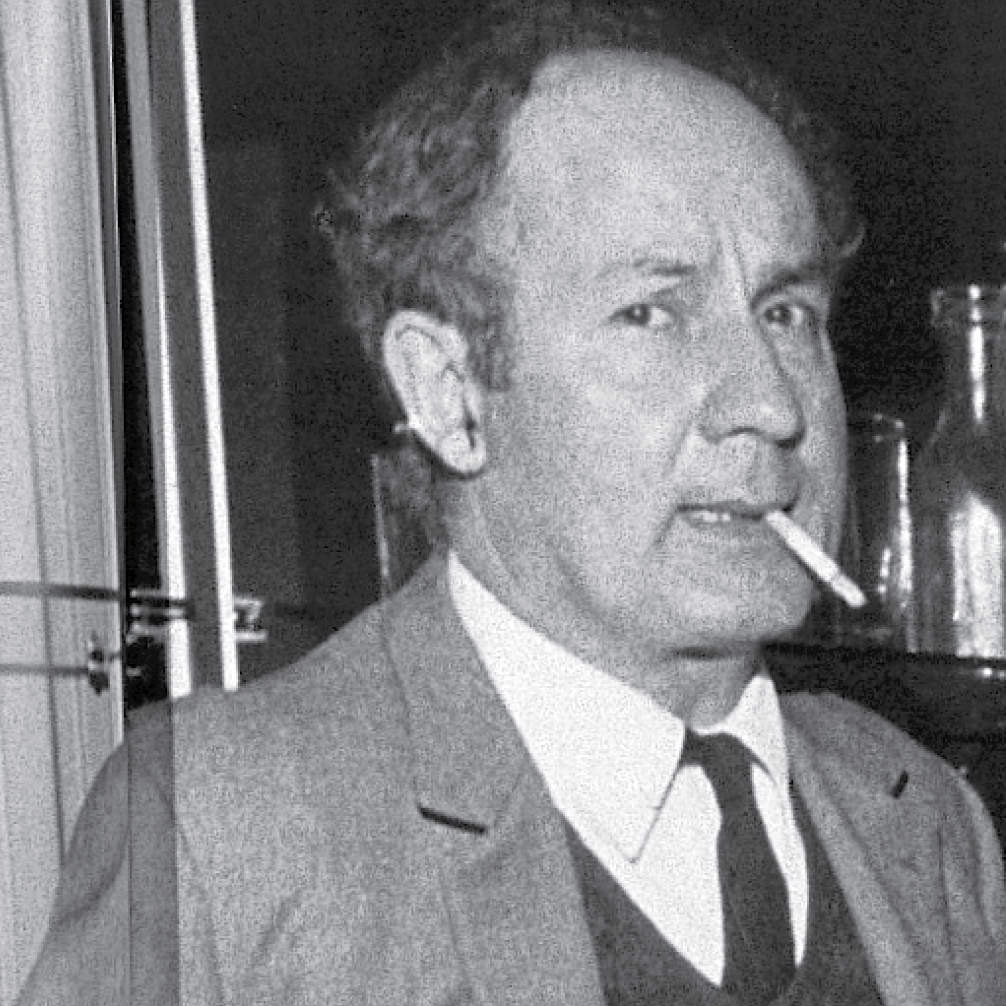
Fulvio Bianconi is an Italian graphic designer and illustrator. He collaborated with Venini, creating pieces that became true icons of Murano art glass.


Fulvio Bianconi is an Italian graphic designer and illustrator. He collaborated with Venini, creating pieces that became true icons of Murano art glass.

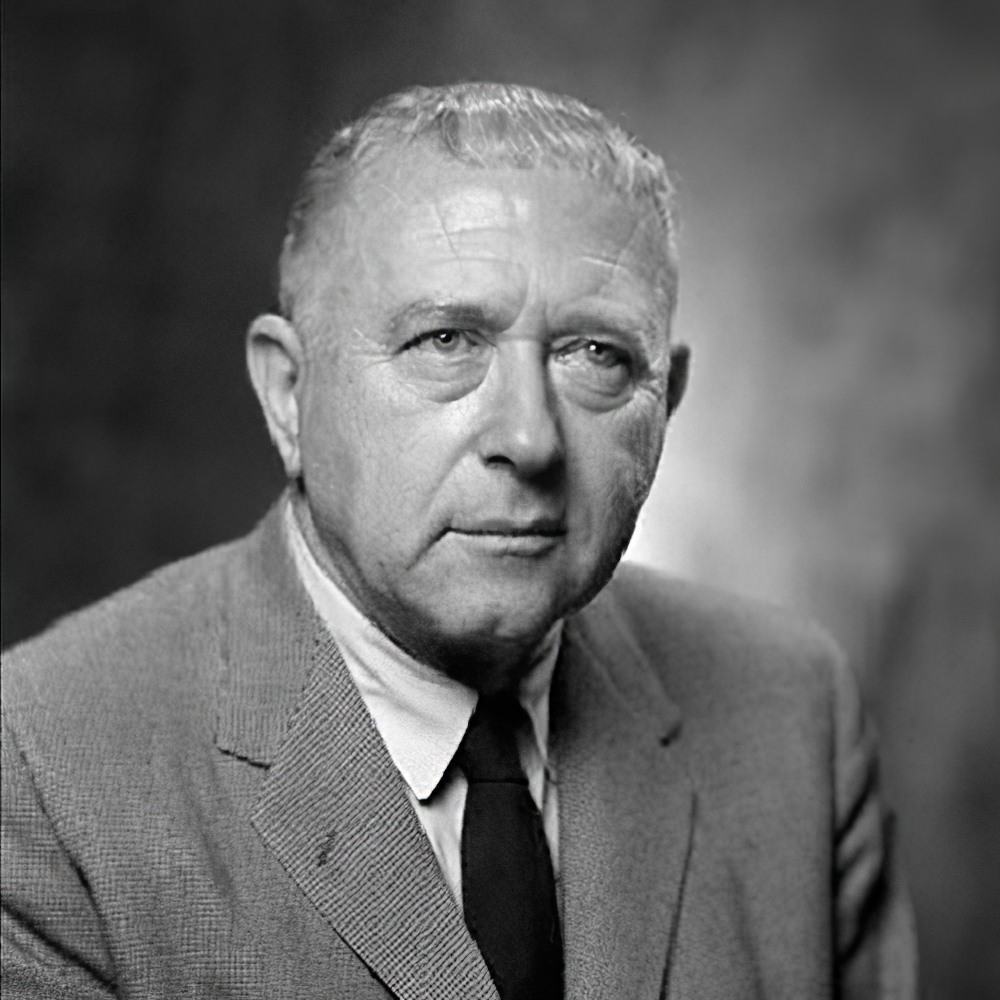
Marcel Lajos Breuer was a Hungarian American modernist architect and furniture designer. He moved to the United States in 1937 and became a naturalized American citizen in 1944.
At the Bauhaus he designed the Wassily Chair and the Cesca Chair, which The New York Times have called some of the most important chairs of the 20th century. Breuer extended the sculpture vocabulary he had developed in the carpentry shop at the Bauhaus into a personal architecture that made him one of the world's most popular architects at the peak of 20th-century design. His work includes art museums, libraries, college buildings, office buildings, and residences. Many are in a Brutalist architecture style, including the former IBM Research and Development facility which was the birthplace of the first personal computer. He is regarded as one of the great innovators of modern furniture design and one of the most-influential exponents of the International Style.

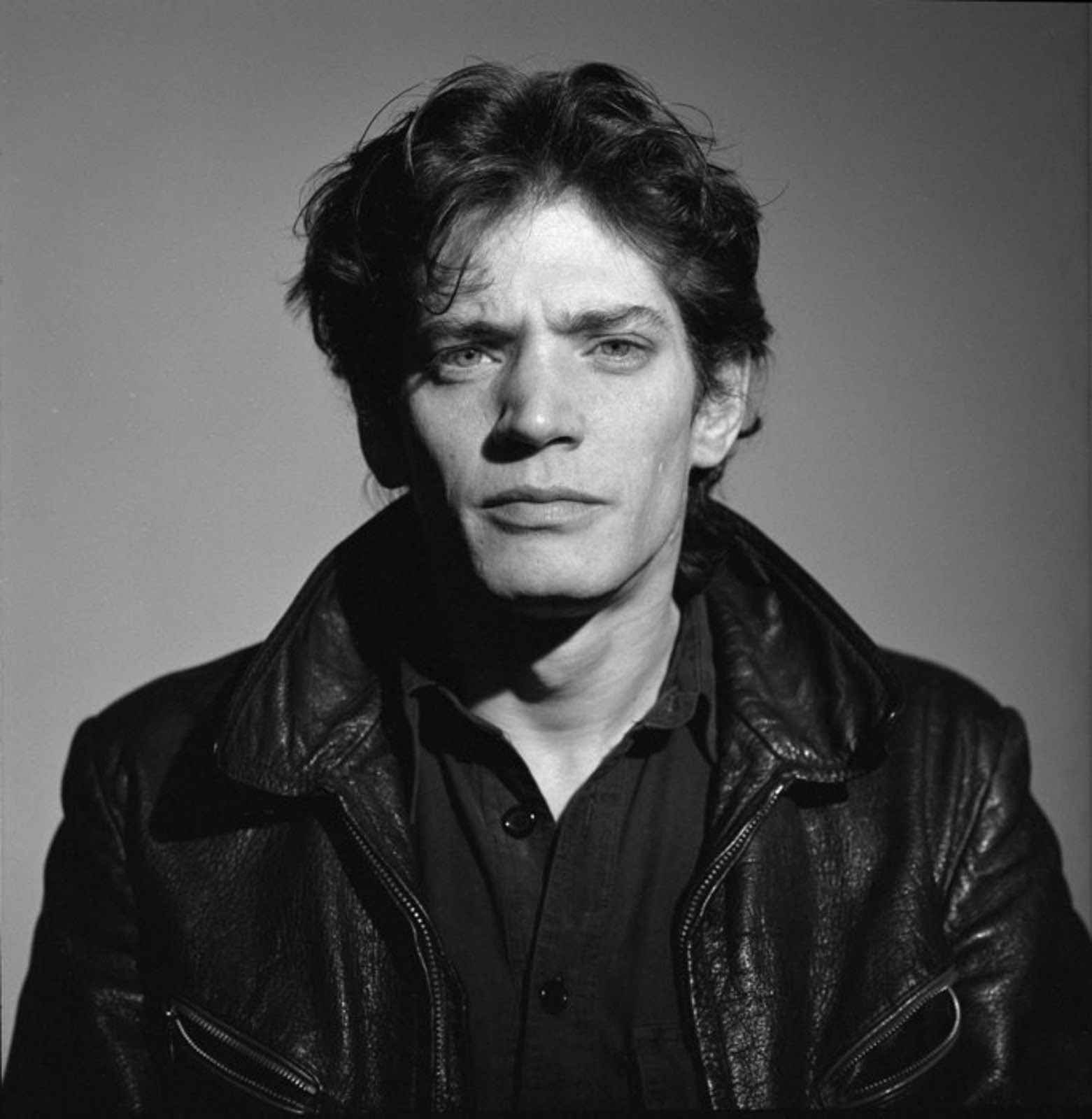
Robert Mapplethorpe was an American photographer, celebrated for his black-and-white photographs that captured a range of subjects including celebrity portraits, male and female nudes, self-portraits, and still-life images. Born in New York in 1946, Mapplethorpe's work is renowned for its technical precision, formal elegance, and controversial content, particularly his documentation of the gay male BDSM subculture and his erotic art. His body of work not only includes provocative themes but also more traditional subjects like flowers, showcasing his versatile artistic talent.
Robert Mapplethorpe's education at Pratt Institute in Brooklyn was foundational to his artistic journey, where he met Patti Smith and began his explorations in photography, initially through Polaroid camera use before advancing to more sophisticated techniques. His collaboration with Lisa Lyon, the first World Women's Bodybuilding Champion, and his retrospectives at significant institutions like the Whitney Museum of American Art highlight his broad artistic impact and continued influence in the art world. Despite his premature death in 1989 due to complications from AIDS, Mapplethorpe's legacy endures, supported by the Robert Mapplethorpe Foundation which promotes photography and funds medical research.
For collectors and experts in art and antiques, Robert Mapplethorpe's work remains a testament to the power of photography as a medium of both aesthetic beauty and provocative commentary. To stay updated on sales and auction events related to Robert Mapplethorpe's works, sign up for updates to not miss out on owning a piece of this influential artist's legacy.

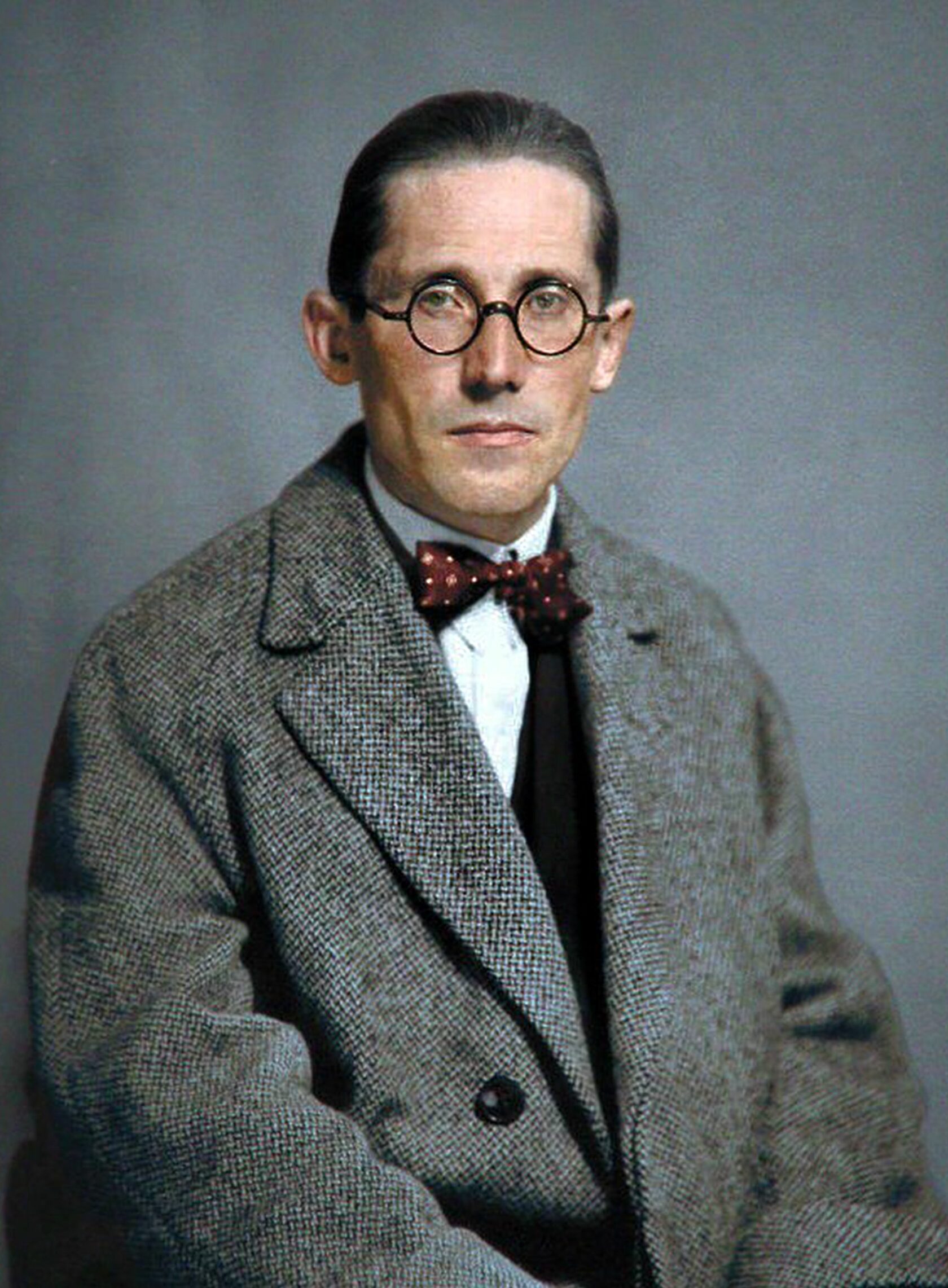
Le Corbusier, born Charles-Édouard Jeanneret in Switzerland, was a visionary French architect, designer, and writer who profoundly influenced modern architecture and urban planning. His innovative ideas blended functionalism with bold sculptural expressionism, embodying the essence of the International Style of architecture. Notably, Le Corbusier's designs, such as the Villa Savoye and the master plan for Chandigarh, India, are celebrated for their revolutionary approaches to living spaces and urban environments.
Le Corbusier's early life in La Chaux-de-Fonds, Switzerland, where he was immersed in the art and craft of watchmaking, significantly shaped his design principles. His architectural journey began without formal training, starting with his education in decorative arts and leading to significant collaborations across Europe. Le Corbusier's philosophy was deeply rooted in the belief that architecture should improve living conditions, particularly in crowded cities. This belief drove his contributions to the Congrès International d'Architecture Moderne and his development of influential architectural principles, such as the Five Points of Architecture, which are exemplified in Villa Savoye.
Villa Savoye, located in Poissy, France, stands as a testament to Le Corbusier's innovative approach, featuring pilotis (reinforced concrete stilts), a functional roof garden, an open floor plan, horizontal windows, and a free façade design. These elements collectively embody his vision of a "machine for living," integrating the house with its environment and the modern lifestyle. Despite facing issues with structural durability and weather resistance, Villa Savoye remains a pivotal work in architectural history, symbolizing the transition to modern architectural thought.
Le Corbusier's legacy is multifaceted, extending beyond architecture to furniture design and painting, showcasing his broad artistic talents. His work continues to inspire and provoke discussion, reflecting both his groundbreaking contributions to modern architecture and the complexities of his ideologies and methodologies.
If you are inspired by Le Corbusier's visionary approach to architecture and design, and wish to stay informed about related updates, consider signing up for our newsletter. This subscription will keep you in the loop about new product launches, sales, and auction events that are directly related to Le Corbusier's enduring legacy. Dive deeper into the world of architecture and design, and ensure you don't miss out on opportunities to engage with Le Corbusier's influential work. Sign up now to connect with the past, present, and future of architectural excellence.

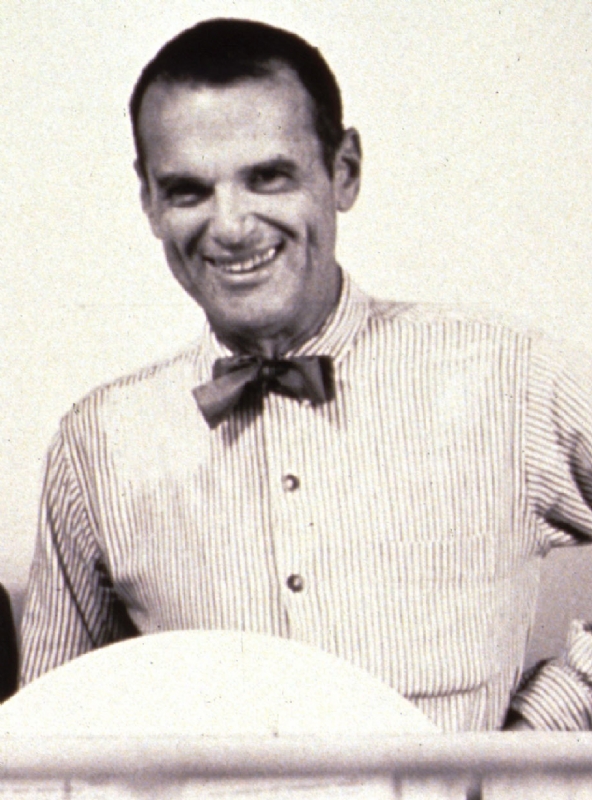
Charles Ormond Eames Jr. was an American designer, architect and filmmaker. In professional partnership with his spouse Ray Kaiser Eames, he was responsible for groundbreaking contributions in the field of architecture, furniture design, industrial design, manufacturing and the photographic arts.


Eero Saarinen was a Finnish-American architect and industrial designer noted for his wide-ranging array of designs for buildings and monuments. Saarinen is best known for designing the General Motors Technical Center in Michigan, Dulles International Airport outside Washington, D.C., the TWA Flight Center (now TWA Hotel) in New York City, and the Gateway Arch in St. Louis, Missouri. He was the son of Finnish architect Eliel Saarinen.


Eero Saarinen was a Finnish-American architect and industrial designer noted for his wide-ranging array of designs for buildings and monuments. Saarinen is best known for designing the General Motors Technical Center in Michigan, Dulles International Airport outside Washington, D.C., the TWA Flight Center (now TWA Hotel) in New York City, and the Gateway Arch in St. Louis, Missouri. He was the son of Finnish architect Eliel Saarinen.

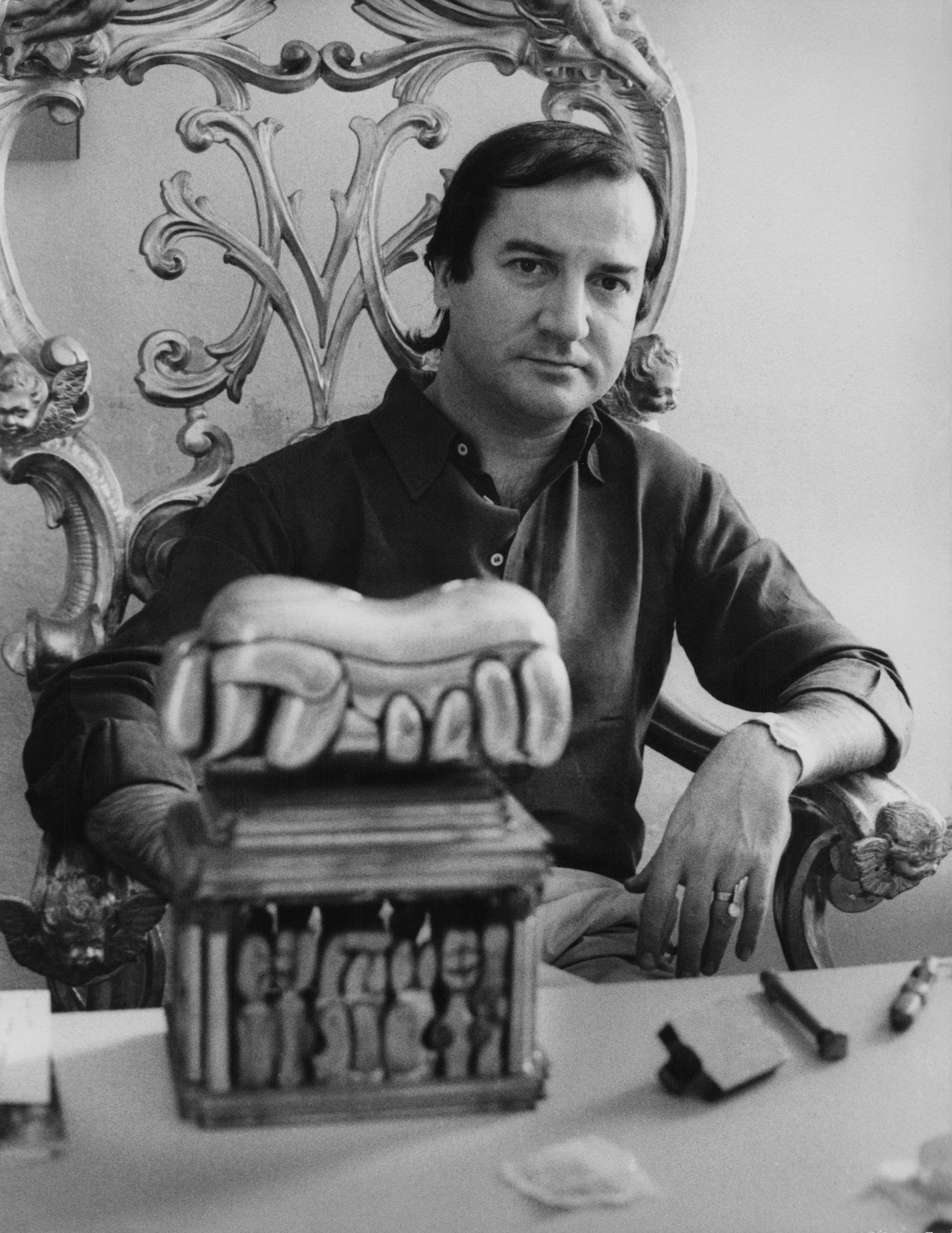
Miguel Ortiz Berrocal was a Spanish figurative and abstract sculptor. He is best known for his puzzle sculptures, which can be disassembled into many abstract pieces. These works are also known for the miniature artworks and jewelry incorporated into or concealed within them, and the fact that some of the sculptures can be reassembled or reconfigured into different arrangements. Berrocal's sculptures span a wide range of physical sizes from monumental outdoor public works, to intricate puzzle sculptures small enough to be worn as pendants, bracelets, or other body ornamentation.











